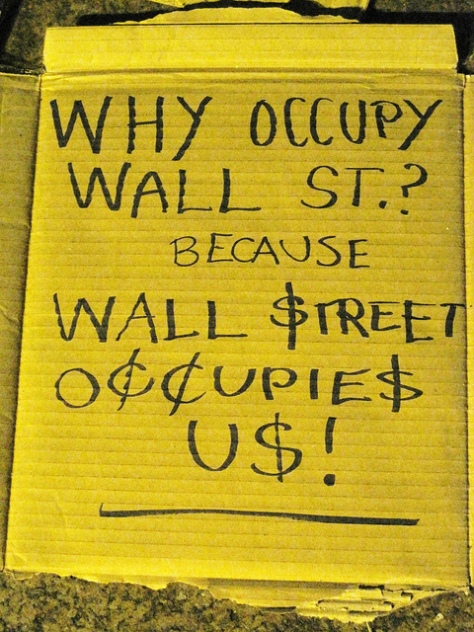For the past two months, a website called Global Revolution TV has become the main video hub for the Occupy Wall Street movement. Featuring live video feeds from New York and dozens of other cities hosting Occupy protests, the site has transformed how protests are covered and observed. When OWS protesters hold a General Assembly in Zuccotti Park, the gathering is usually live streamed across the world. When police raided the park early on Tuesday, it was caught on live stream as well. We speak to one of the site’s co-founders, Vlad Teichberg. He is a former derivatives trader who gave up a life in the financial world to work on video activism. “This project started initially with the beginning of the New York occupation. Other, similar versions of this project had been done in the past for other actions and revolts,” Teichberg says. “People think of Occupy Wall Street as an American revolution. It has its roots though, in the Arab Spring, obviously, which inspired a lot of things. And it has very direct roots in the Spanish revolution.”
via The Revolution Will Be Live Streamed: Global Revolution TV, the Occupy Movement’s Video Hub.





You must be logged in to post a comment.